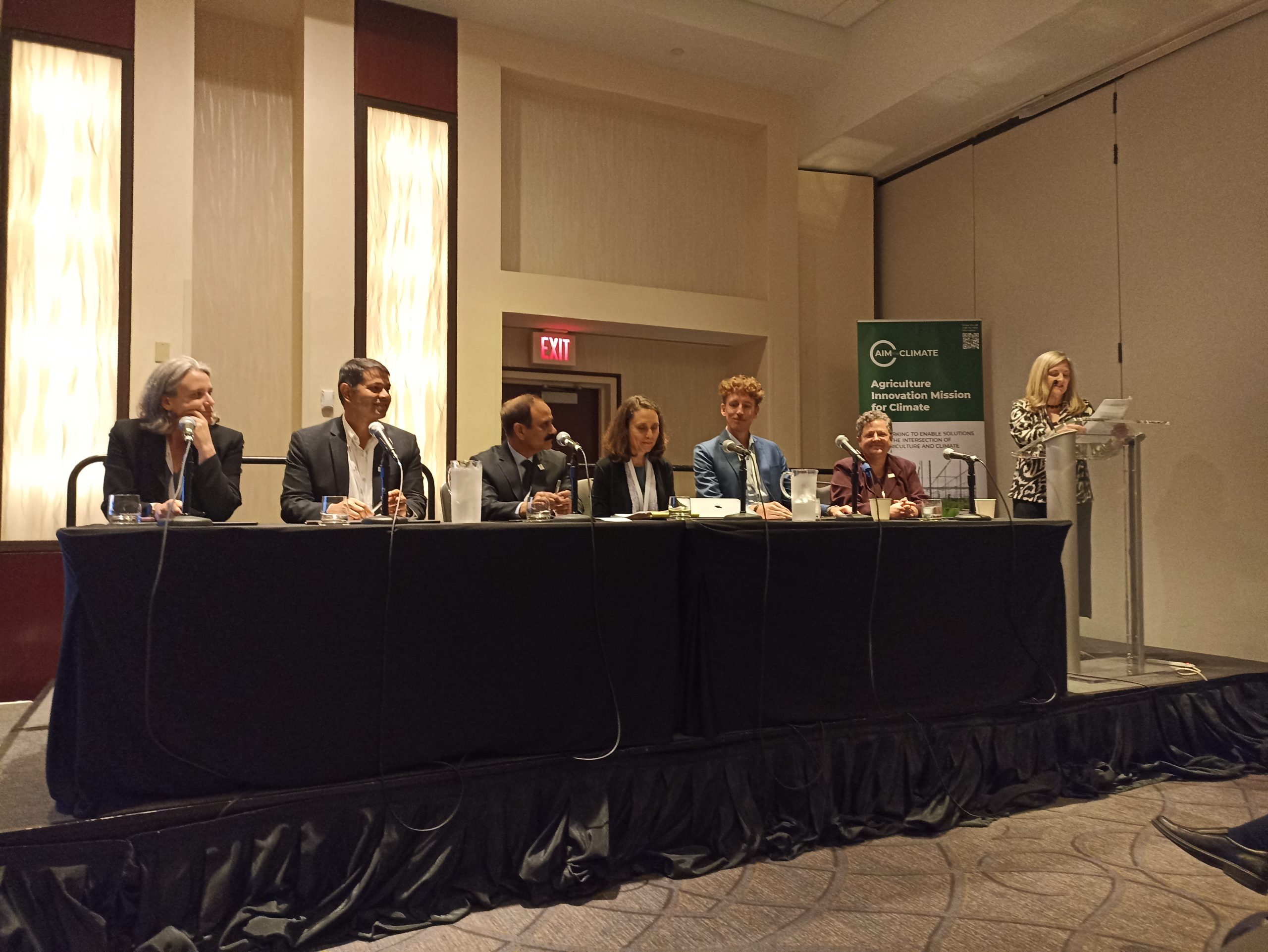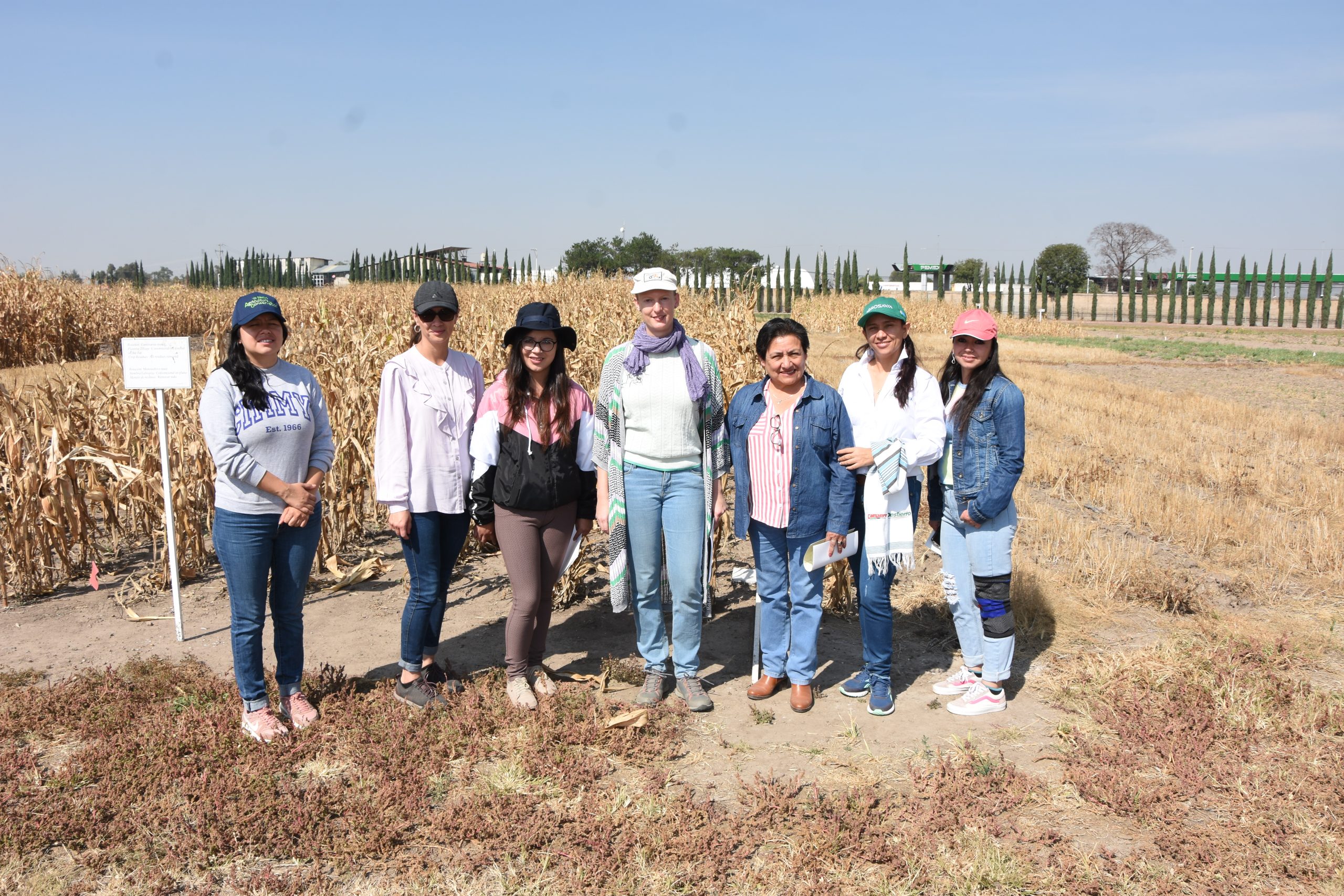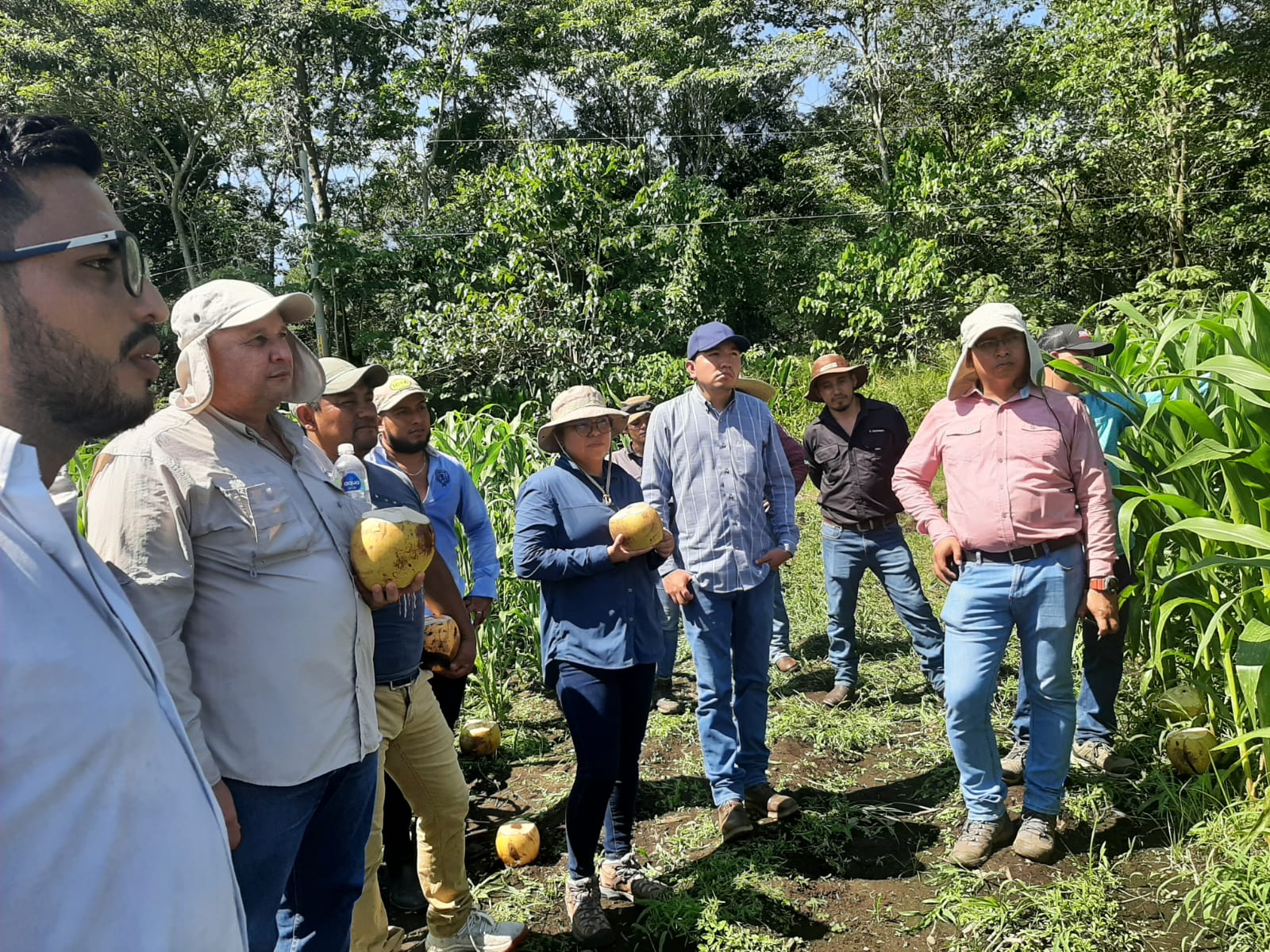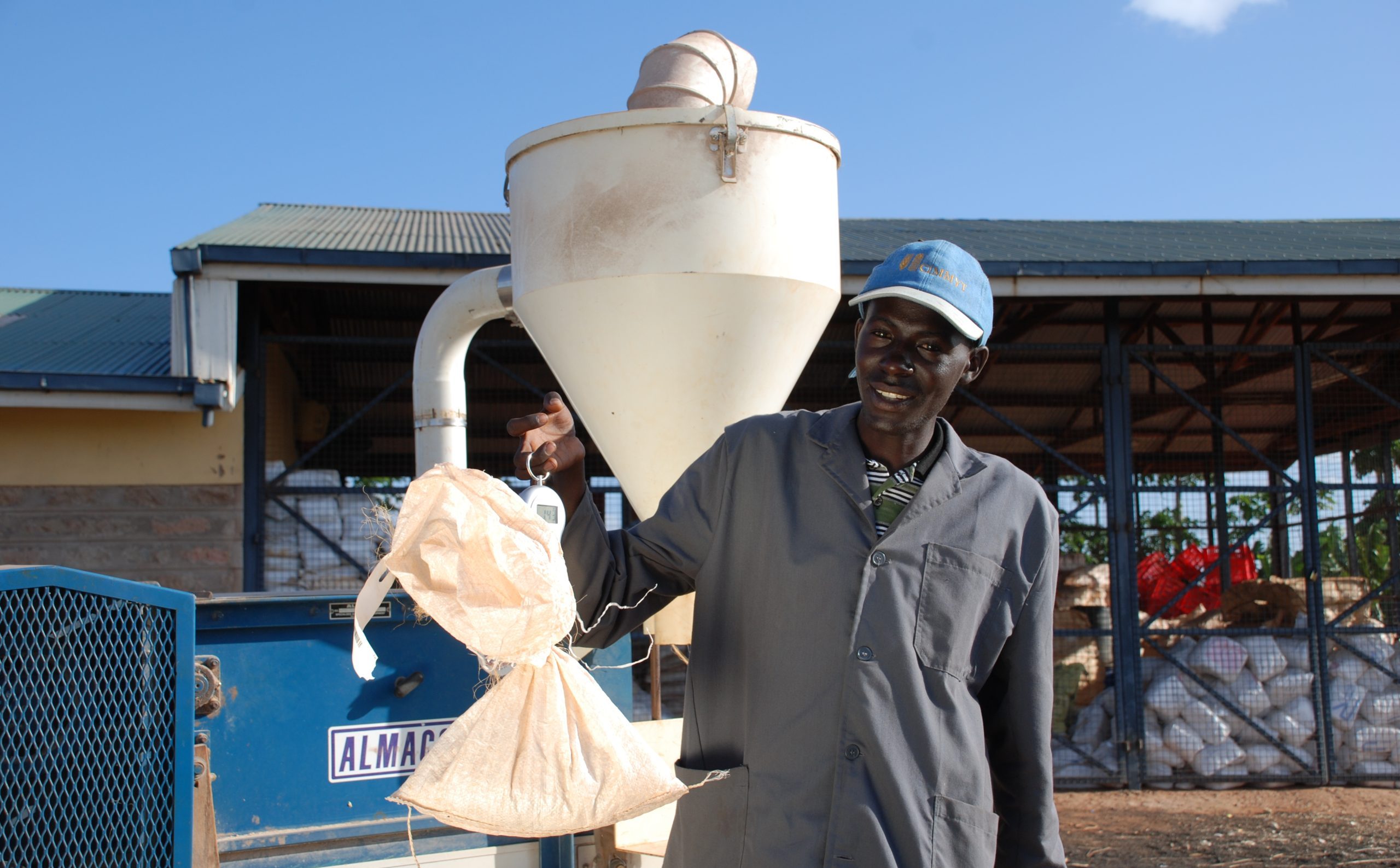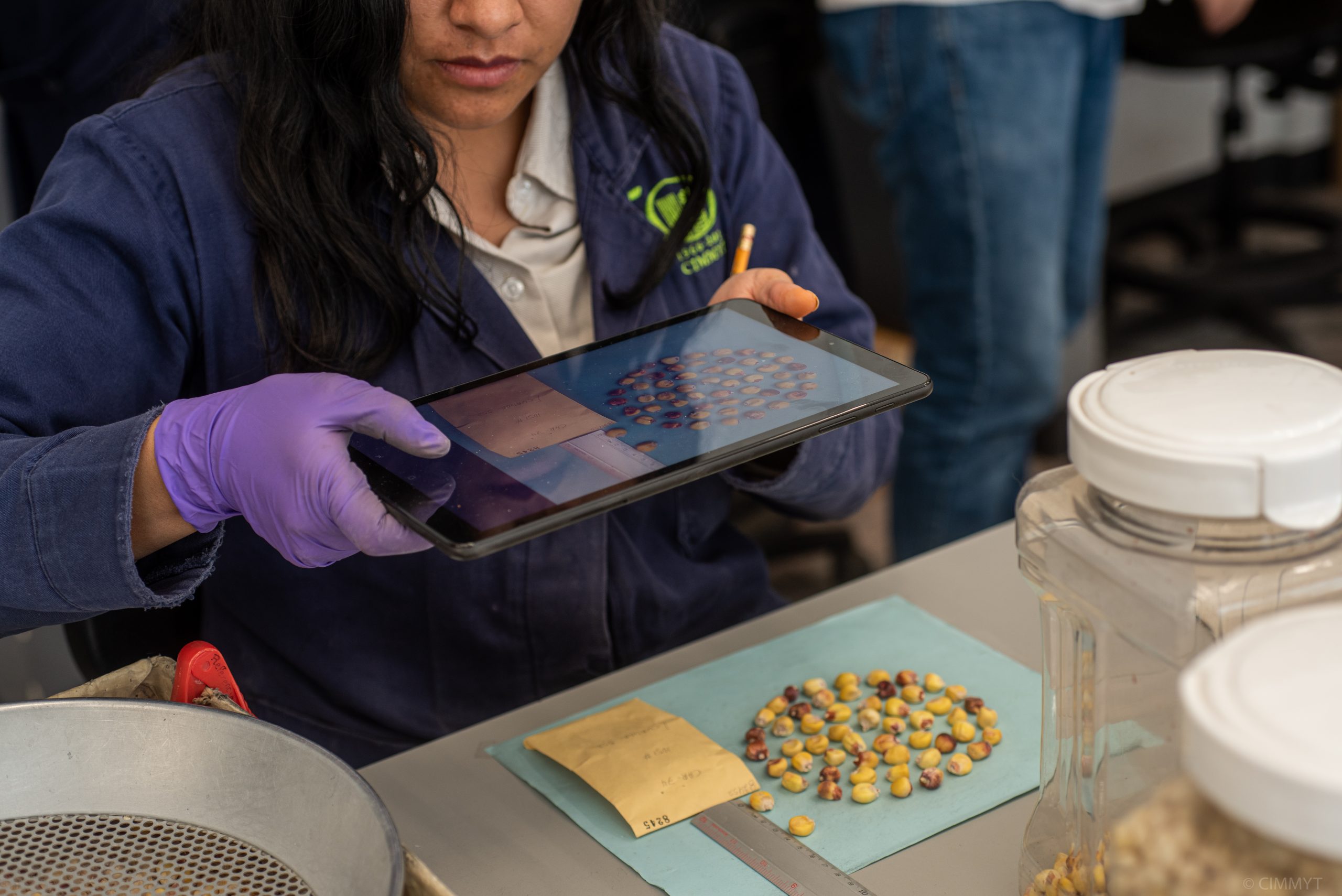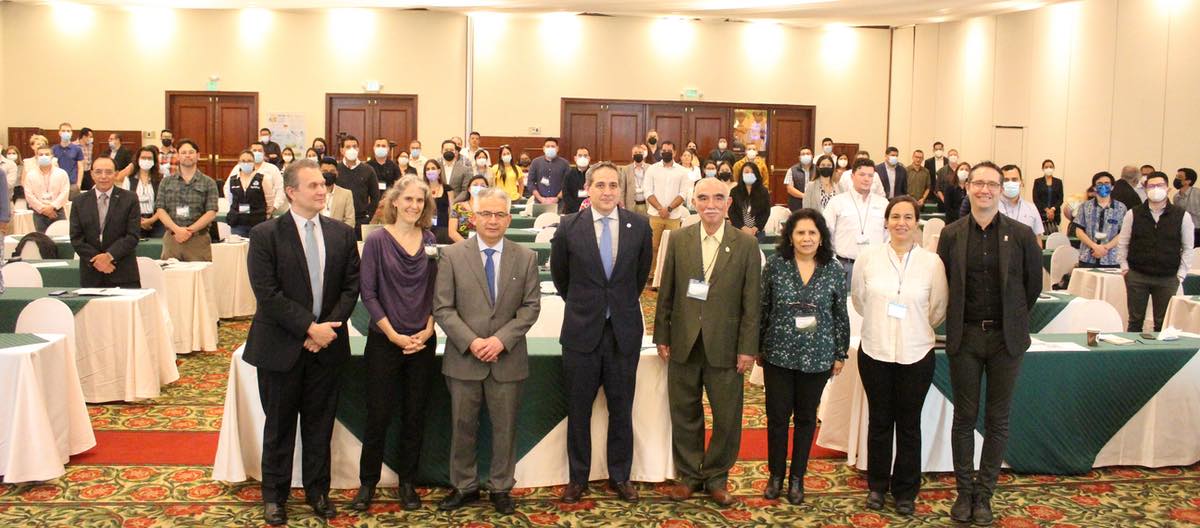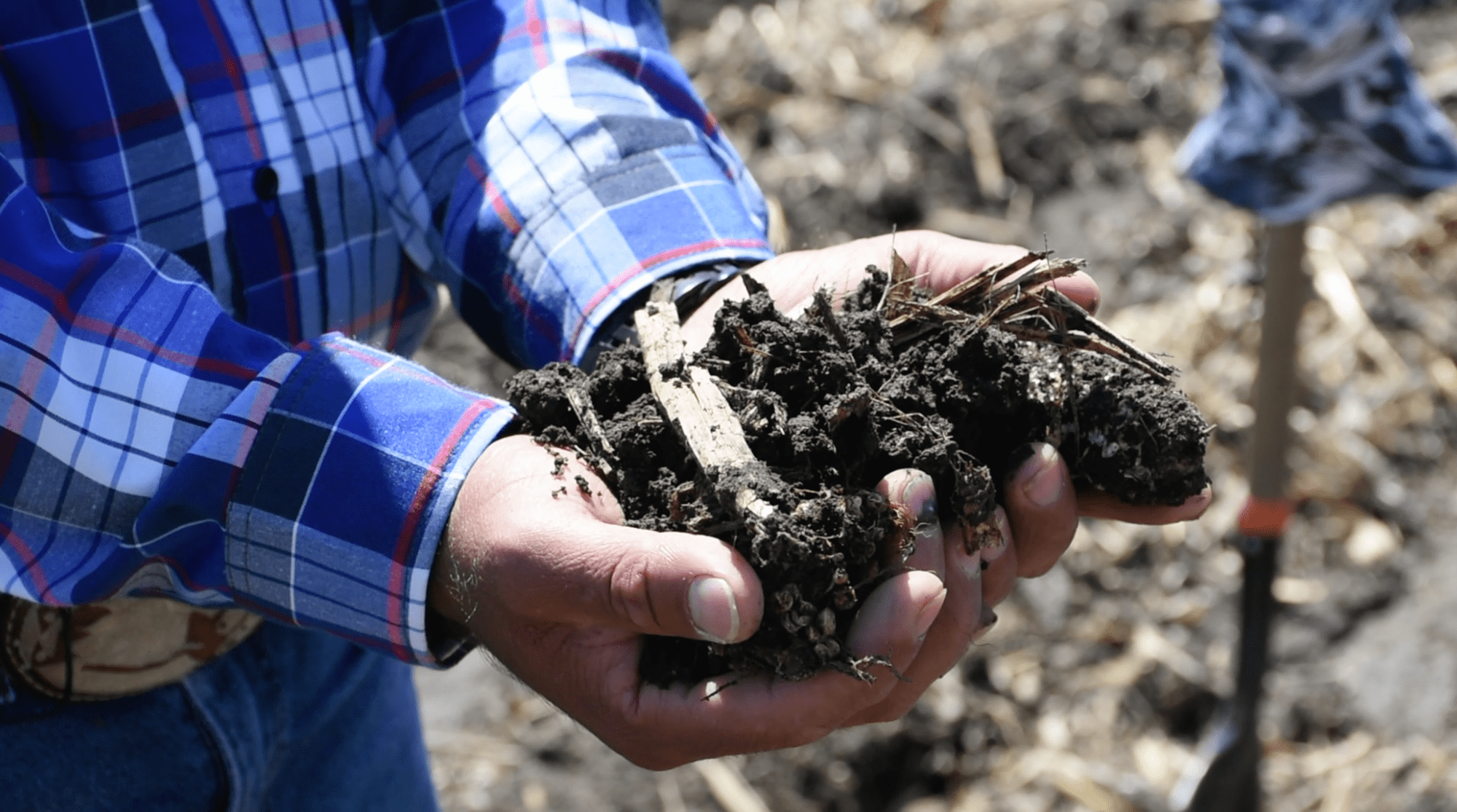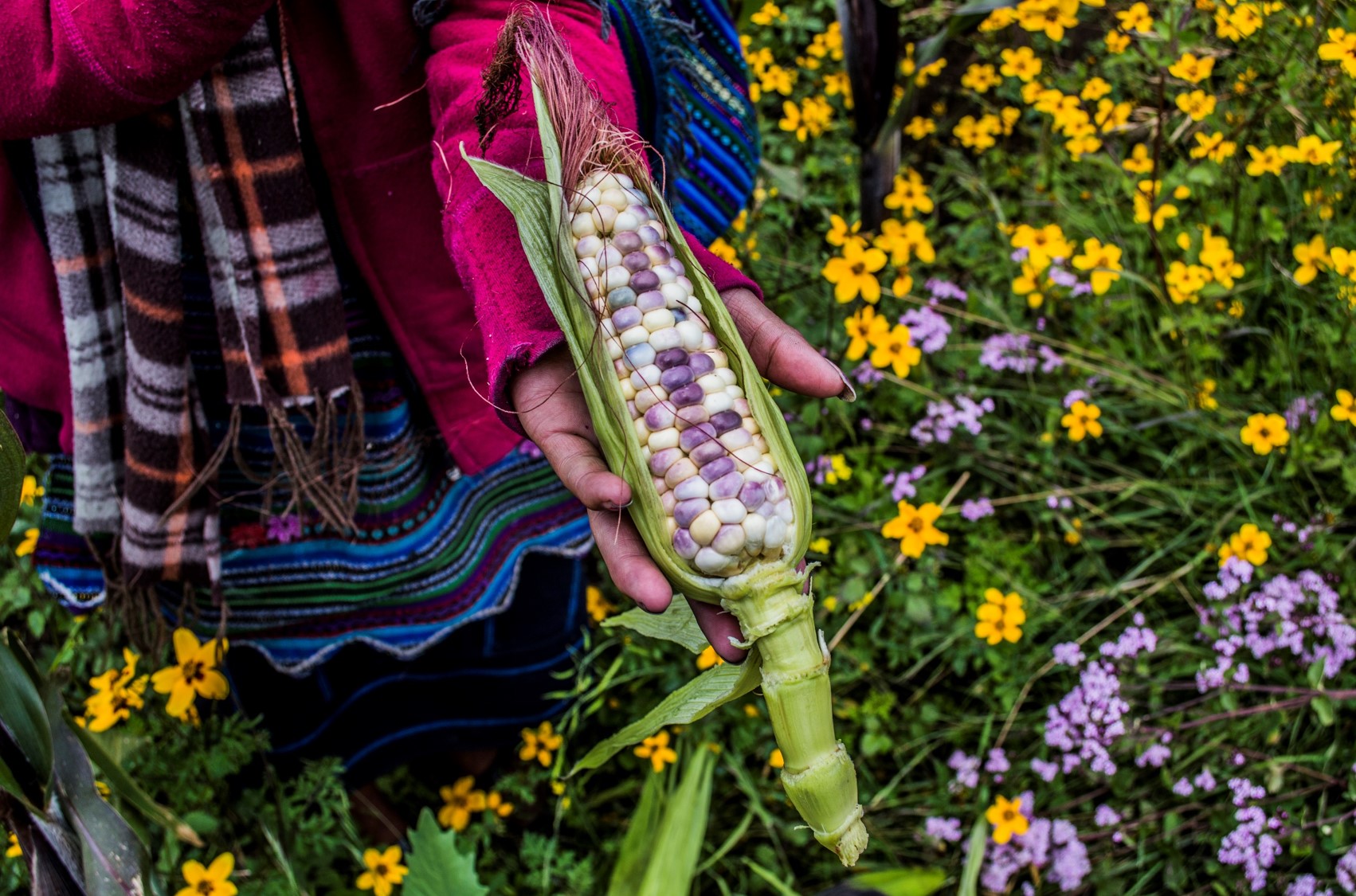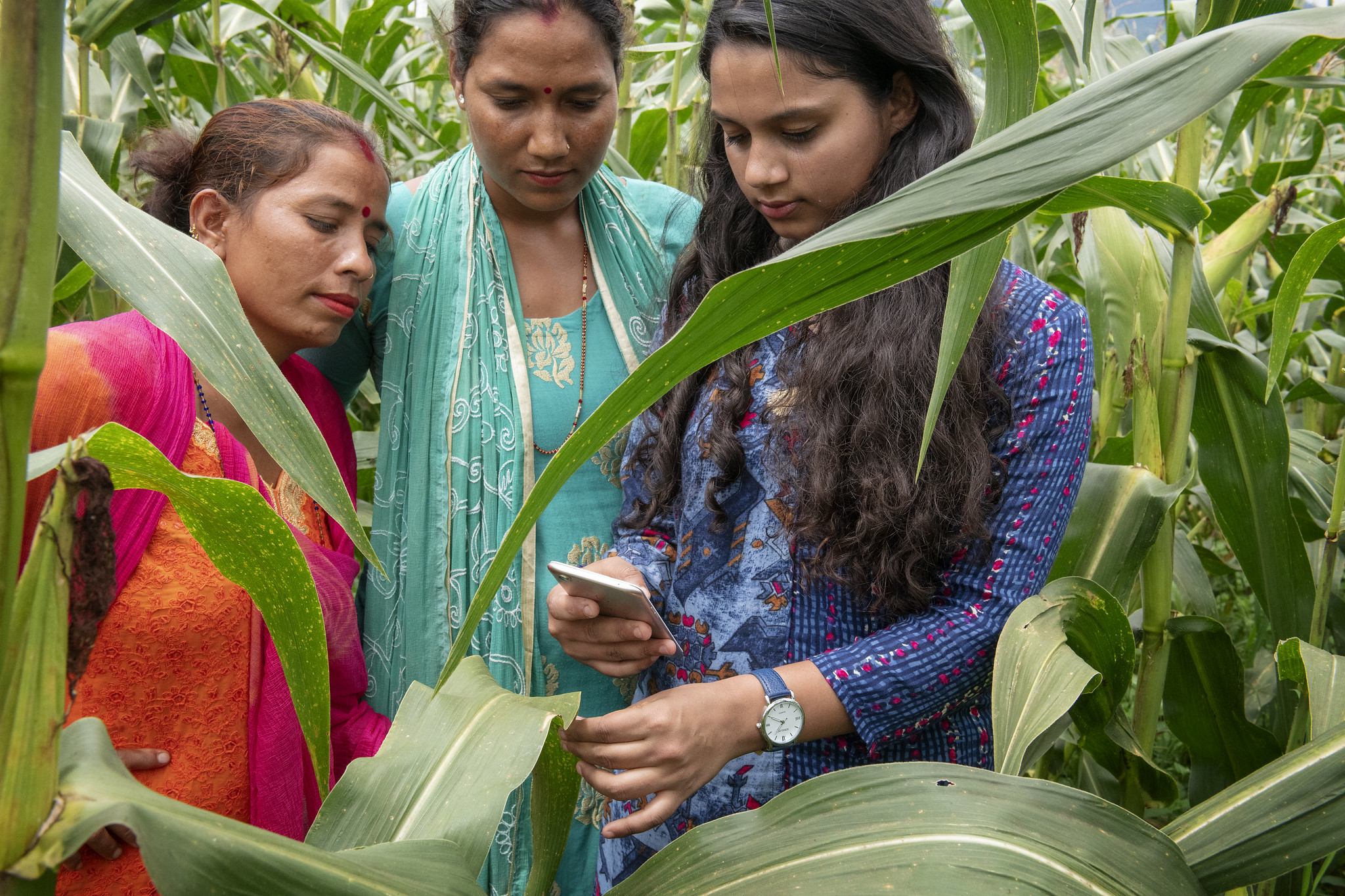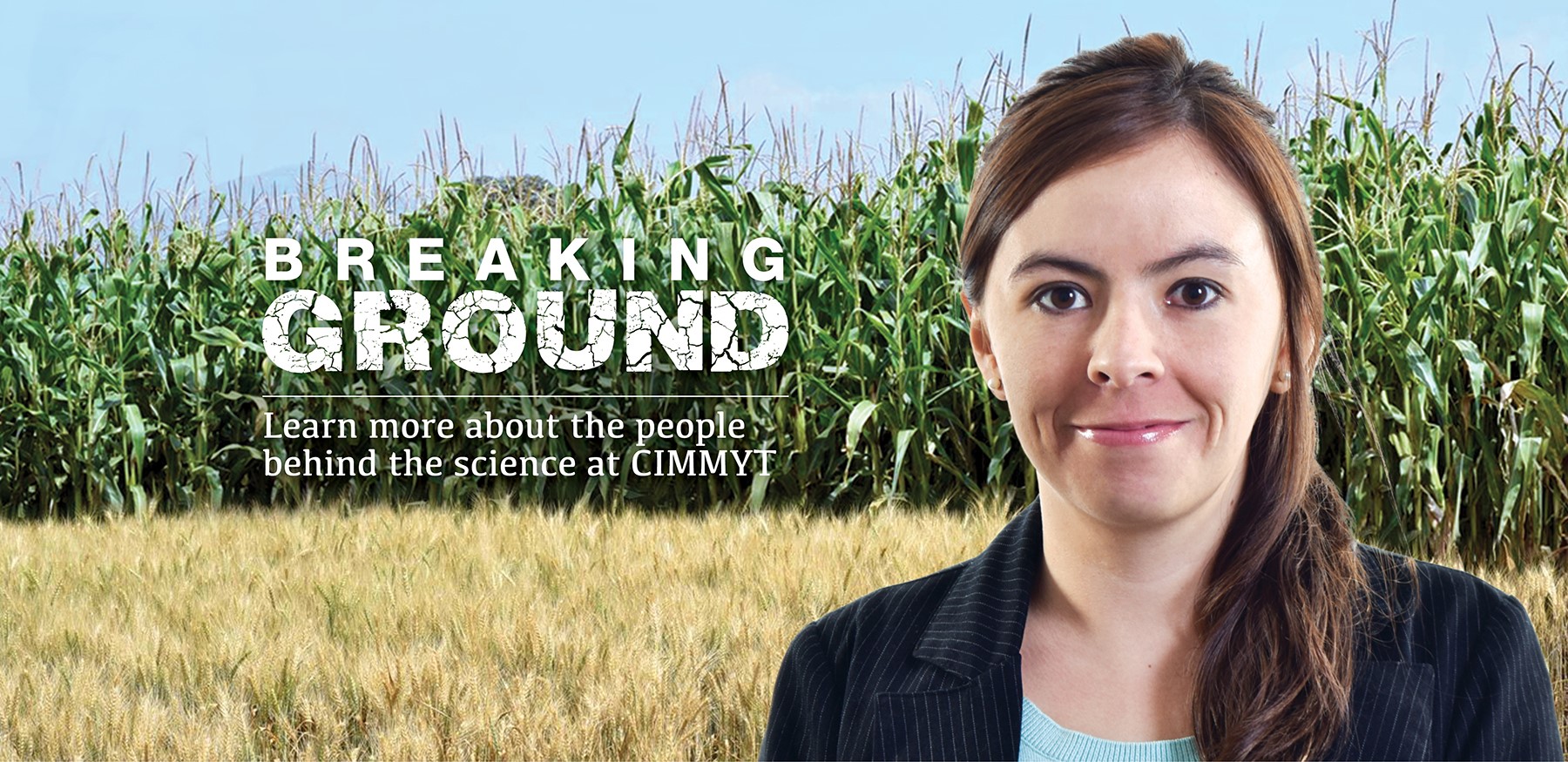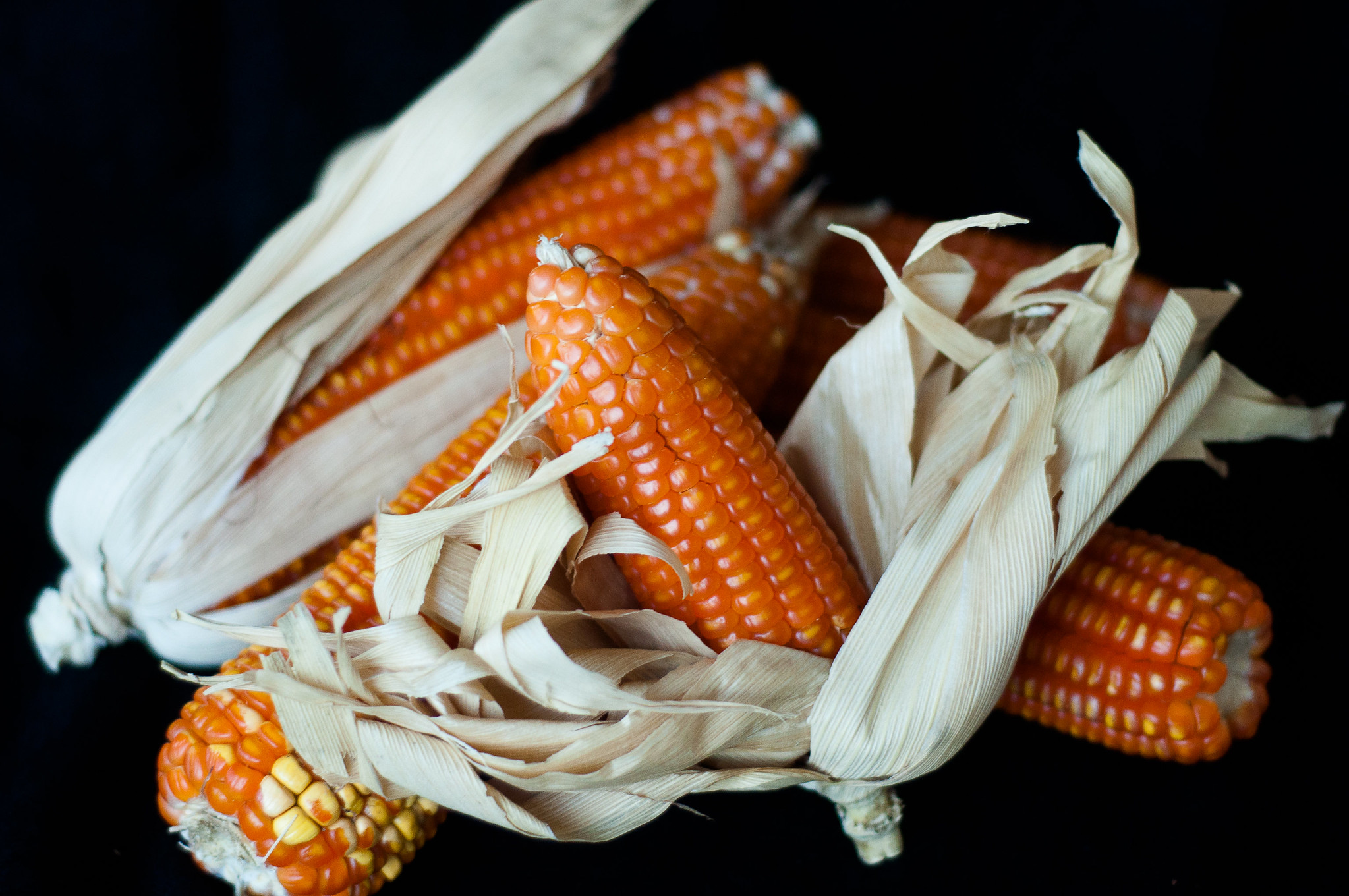Guatemala
U.S. Pledges $5M for Guatemala Food Security Initiative
 Climate adaptation and mitigation
Climate adaptation and mitigation
Source: The Mirage ()
A $5 million initiative under the Vision for Adapted Crops and Soils is advancing sustainable agriculture and food security in Guatemala by improving soil health, crop diversity, and climate resilience
Representatives of the Norwegian Government visit innovative plot in Guatemala
 Gender equality, youth and social inclusion
Gender equality, youth and social inclusion
Representatives of the Norwegian Government and international research centers visit plots of Guatemalan farmers participating in CGIAR’s Latin American Regional Initiative, AgriLAC Resiliente, which promotes the InnovaHubs model developed in Mexico by CIMMYT and its collaborators.
CIMMYT at the AIM for Climate Summit
 Climate adaptation and mitigation
Climate adaptation and mitigation
Smart smallholder fertilizer management practices to address food security and climate change.
Latin American female scientists collaborate on CIMMYT-supported TechMaiz project
 Capacity development
Capacity development
Women researchers from Colombia, Ecuador, Guatemala and Peru work alongside each other on innovative project and build bonds in the hope of completing future projects.
Building capacities in genetic resources and seed production strengthens collaboration ties between Guatemala and CIMMYT
 Capacity development
Capacity development
More than 20 participants attended the genetic resources and seed production courses delivered by CIMMYT scientists in Antigua, Guatemala.
CIMMYT leads innovation sprint to deliver results to farmers rapidly
 Climate adaptation and mitigation
Climate adaptation and mitigation
Climate-resilient soil fertility management by smallholders in Africa, Asia, and Latin America.
AgriLAC Resiliente presented in Guatemala
 Nutrition, health and food security
Nutrition, health and food security
Regional CGIAR Initiative will improve the livelihoods of farmers, and the resilience and competitiveness of agrifood systems, in Latin America and the Caribbean.
CGIAR Initiative to increase resilience, sustainability and competitiveness in Latin America and the Caribbean
 Climate adaptation and mitigation
Climate adaptation and mitigation
The new AgriLAC Resiliente Initiative will increase resilience, ecosystem services and the competitiveness of agrifood innovation systems in the region.
What is nixtamalization?
 Nutrition, health and food security
Nutrition, health and food security
Water, heat and lime transform grain in a traditional Central American maize processing method.
Classic milpa maize intercrop can help feed communities forgotten by development
 Nutrition, health and food security
Nutrition, health and food security
New study in the Western Highlands of Guatemala confirms relation between milpa intercropping diversity and nutritional capacity.
Taking stock of value chain development
 Gender equality, youth and social inclusion
Gender equality, youth and social inclusion
Assessing the approach’s potential and limitations for strengthening the livelihoods of the rural poor, a new book draws conclusions applicable across the development field.
Breaking Ground: Andrea Gardeazábal transforms data into meaningful information
 Innovations
Innovations
Monitor, Evaluation and Learning Manager uses technological tools to streamline data gathering and analysis for improved project design.


